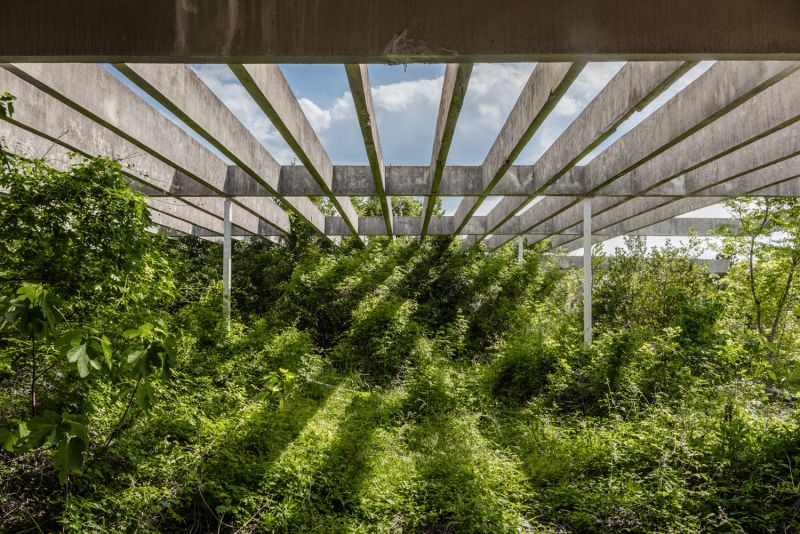Exploring Nature’s Relationship with Brutalist Architecture
Brutalism is an architectural style characterized by its imposing forms and raw, unrefined materials, especially concrete. In recent years, artists and architects alike have become increasingly aware of how nature intertwines with this bold aesthetic. iBestTravel delves into this complex relationship, illuminating the harmony and contrast between the organic and the constructed.
Understanding Brutalist Architecture
Brutalist architecture emerged in the mid-20th century and gained popularity for its monumental structures that often evoke a sense of strength and permanence. However, the often overlooked aspect of this style is its interaction with natural elements. Consequently, examining how greenery, sunlight, and landscape impact these robust edifices provides a refreshing perspective on their design and purpose.
The Influence of Nature
Nature can dramatically alter the perception of brutalist structures. For instance:
- Vine-covered walls: These can soften the harshness of concrete, creating a more inviting atmosphere.
- Water features: Nearby ponds and fountains can enhance the visual appeal and reflectivity of brutalist designs.
- Landscaped gardens: Surrounding natural elements can create a dialogue between the built environment and the organic world.
The Future of Architectural Design
As trends in sustainable architecture continue to rise, integrating nature with brutalist designs could pave the way for innovative housing solutions and community spaces. Therefore, it is crucial for architects and designers to consider eco-friendly practices that not only focus on sustainability but also celebrate the natural beauty that can coexist with robust architectural designs.
Conclusion
In conclusion, the interplay between brutalist architecture and nature presents unique opportunities for exploration and inspiration. iBestTravel invites you to look closely at this dynamic relationship to appreciate the beauty that can arise when nature and architecture merge harmoniously.




